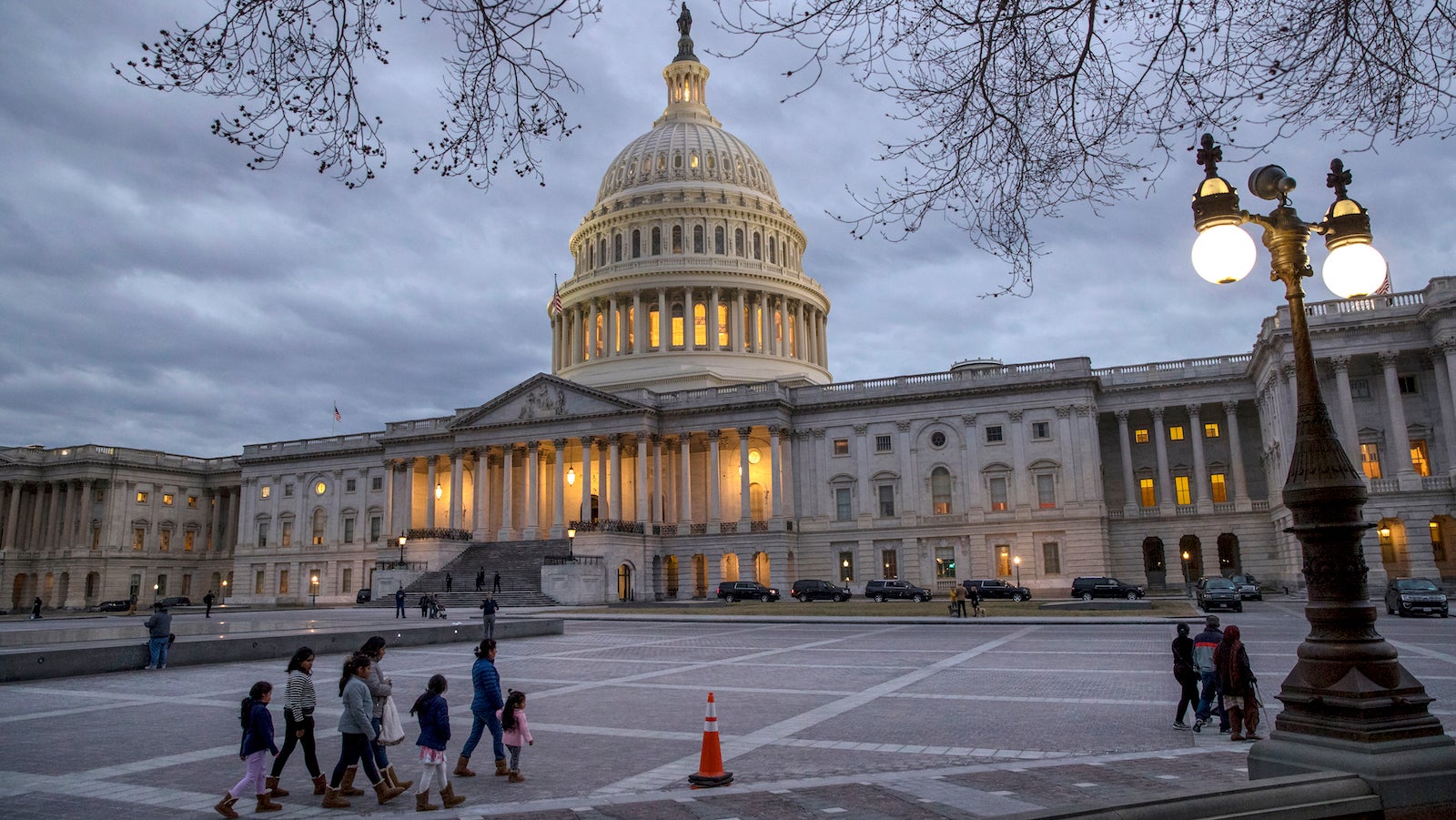The real effects of America’s federal taxes
As another tax deadline approaches in the US, it’s worth taking a moment to think about why we fork over a portion of our hard-earned income every year, and what effect the ritual really has.


As another tax deadline approaches in the US, it’s worth taking a moment to think about why we fork over a portion of our hard-earned income every year, and what effect the ritual really has.
Pay checks for most Americans stagnated in the last 35 years. Economic forces rewarded high earners, did little for everyone else, and inequality widened. Yet as income dispersed, it also was redistributed to restore some equality, by changes in the tax code and by government-funded programs.
The chart below shows how much the incomes of low-earning Americans increased over the last 35 years, before and after government transfers. According to estimates from the Congressional Budget Office, household income for the lowest quintile of earners rose 25% from 1979 to 2014, an increase of just 0.6% a year. (Most wage gains went to the highest earners—their income, including wages, business income, and capital income, increased 95% between 1979 and 2014, or 1.93% a year.)
But after factoring in things like the earned income tax credit and the expansion of Medicaid, income for low-earning Americans increased 68.8% from 1979 to 2014, or 1.5% a year. The numbers on the red line above are adjusted for inflation. The blue line includes transfers from taxes paid and benefits received.
As for the highest earners, after transfers (which for them mostly involved paying taxes), their income increased even more, to 97% over 35 years, or 1.9% a year. The increase in post-transfer income reflects tax cuts in the 1980s and in 2001.
No such luck for the middle class
It was the middle class who saw the smallest income growth. Their income increased 27% between 1979 and 2014 before transfers, similar to the 0.6% yearly gain for low-income Americans. After transfers, their income increased 41%, or 1% a year, lower than both the highest- and lowest-income groups. Until 2001, middle pre- and post-transfer income growth was almost the same. In the 2000s, the combination of tax cuts and health care reform made up for some of the middle-class income stagnation. But this group still saw the smallest increase in living standards.
Many Americans still have not paid their 2017 taxes, but they do have something to look forward to next year, when new tax reforms go into effect and the average American’s tax bill will be a few thousand dollars smaller—not that many of us will notice. Tax changes get attention when they are passed, though they are often forgotten by the time they go into effect. That may be because, unless you are very rich or very poor, odds are you won’t notice a huge difference.
After you account for redistribution, income growth is more equal than it appears. It also reveals how policy often does not target middle-class households and offers some insight into why many feel left behind.